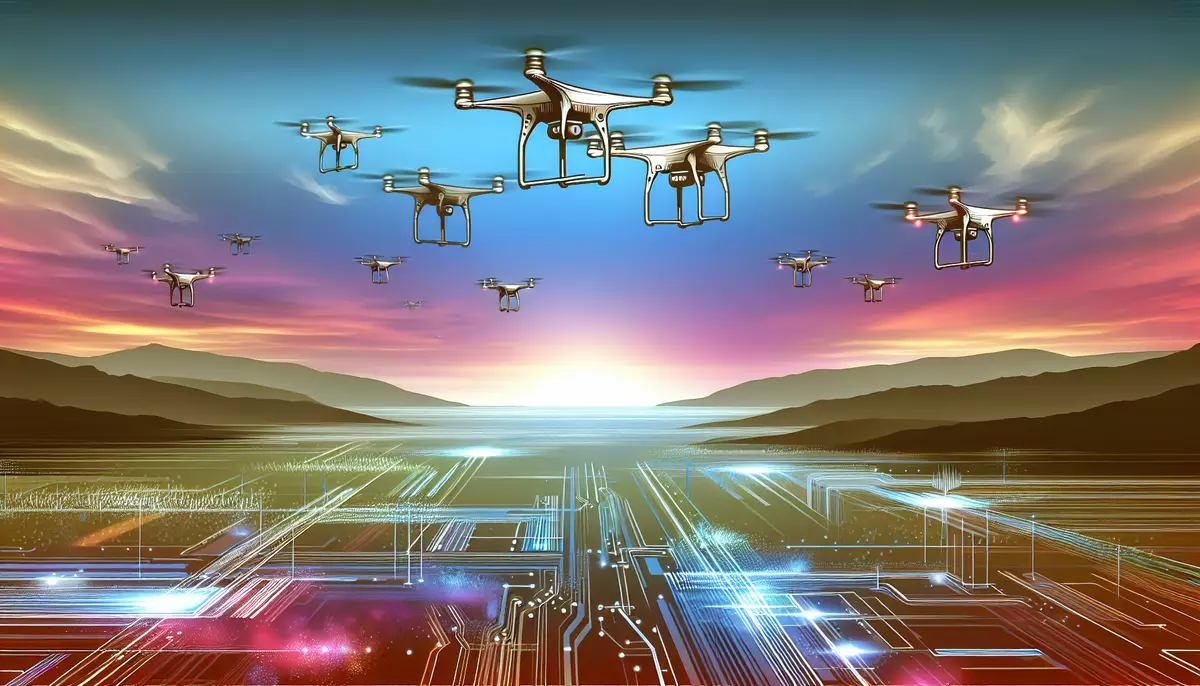Introduction
Serverless computing is a cloud computing execution model where the cloud provider dynamically manages the allocation and provisioning of servers. In a serverless architecture, developers focus on building and deploying application code, while the cloud provider handles the underlying infrastructure, including server provisioning, scaling, and maintenance.
What is Serverless Computing?
Serverless computing is a cloud computing model where the cloud provider runs the server and dynamically manages the allocation of machine resources. Developers can build and deploy code without the need to provision or manage servers. The cloud provider automatically scales the application by provisioning the required resources based on the incoming requests, and only charges for the resources used.
Key Characteristics of Serverless Computing:
- No Server Management: Developers do not need to provision, manage, or maintain any servers. The cloud provider handles all server-related tasks.
- Automatic Scaling: The cloud provider automatically scales the application up or down based on the incoming requests, without any intervention from the developer.
- Pay-per-Use Pricing: Developers are charged based on the actual resources consumed, such as the number of executions, duration of executions, and the amount of memory used, rather than pre-provisioned capacity.
- Event-Driven: Serverless applications are typically triggered by events, such as HTTP requests, database updates, or message queue events.
How Does Serverless Computing Work?
In a serverless architecture, the cloud provider is responsible for managing the underlying infrastructure, including server provisioning, scaling, and maintenance. Developers focus on writing and deploying their application code, which is then executed in response to events or triggers.
The Serverless Computing Process:
- Code Deployment: Developers write and deploy their application code, typically in the form of functions or microservices, to the cloud provider’s serverless platform.
- Event Triggers: The serverless platform listens for specific events, such as HTTP requests, database updates, or message queue events, that trigger the execution of the deployed code.
- Automatic Scaling: When an event occurs, the cloud provider automatically provisions the necessary resources, such as CPU, memory, and storage, to execute the code and handle the incoming request.
- Execution and Billing: The cloud provider executes the code and bills the developer based on the actual resources consumed, such as the number of executions, duration of executions, and the amount of memory used.
Example of Serverless Computing:
A common example of serverless computing is a web application that uses a serverless function to handle HTTP requests. When a user visits the website, the HTTP request triggers the execution of the serverless function, which processes the request and returns the response. The cloud provider automatically scales the resources to handle the incoming requests, and the developer is billed based on the actual usage, rather than pre-provisioned capacity.
Benefits of Serverless Computing
Serverless computing offers several benefits to developers and organizations:
Reduced Infrastructure Management
Developers can focus on writing and deploying their application code, without the need to manage the underlying infrastructure, such as provisioning and scaling servers.
Automatic Scaling
The cloud provider automatically scales the application up or down based on the incoming requests, ensuring that the application can handle fluctuations in traffic without any manual intervention.
Cost Optimization
Serverless computing follows a pay-per-use pricing model, where developers are charged based on the actual resources consumed, rather than pre-provisioned capacity. This can lead to significant cost savings, especially for applications with variable or unpredictable workloads.
Increased Productivity
By offloading infrastructure management to the cloud provider, developers can focus on writing and deploying their application code, leading to increased productivity and faster time-to-market.
Challenges and Limitations of Serverless Computing
While serverless computing offers many benefits, it also has some challenges and limitations:
Vendor Lock-in
Serverless computing is heavily dependent on the cloud provider’s platform and services, which can lead to vendor lock-in and make it difficult to migrate to a different cloud provider.
Cold Starts
When a serverless function is invoked for the first time or after a period of inactivity, it may experience a “cold start” delay, where the cloud provider needs to provision the necessary resources, which can impact the application’s performance.
Monitoring and Debugging
Monitoring and debugging serverless applications can be more challenging, as the underlying infrastructure is managed by the cloud provider, and developers have limited visibility into the runtime environment.
Complexity of Distributed Systems
Serverless architectures can introduce additional complexity when building and managing distributed systems, as developers need to consider factors like event-driven communication, state management, and coordination between different serverless functions.
Use Cases for Serverless Computing
Serverless computing is well-suited for a variety of use cases, including:
Web Applications and APIs
Serverless functions can be used to handle HTTP requests and build RESTful APIs, taking advantage of the automatic scaling and pay-per-use pricing model.
Data Processing and Analytics
Serverless functions can be used to process and analyze data in response to events, such as database updates or message queue events, without the need to manage the underlying infrastructure.
Internet of Things (IoT)
Serverless computing can be used to process and respond to data from IoT devices, as well as to trigger actions based on events from these devices.
Mobile Backend
Serverless functions can be used to build the backend for mobile applications, handling tasks such as user authentication, data storage, and API integration.
Future Trends in Serverless Computing
The serverless computing landscape is constantly evolving, and some of the emerging trends include:
Hybrid and Multi-Cloud Serverless
Developers are exploring ways to leverage serverless computing across multiple cloud providers, as well as integrating serverless with on-premises infrastructure, to avoid vendor lock-in and improve resilience.
Serverless Containers
The rise of serverless container platforms, such as AWS Fargate and Azure Container Instances, allows developers to run containerized applications without the need to manage the underlying infrastructure.
Edge Computing and Serverless
The combination of serverless computing and edge computing, where serverless functions are deployed closer to the data source, can enable low-latency, event-driven applications at the edge.
Conclusion
Serverless computing is a cloud computing execution model that allows developers to build and deploy applications without the need to manage the underlying infrastructure. By offloading server management to the cloud provider, developers can focus on writing and deploying their application code, leading to increased productivity, cost optimization, and automatic scaling. As the serverless computing landscape continues to evolve, it is poised to play a significant role in the future of cloud computing and application development.
This knowledge base article is provided by Fabled Sky Research, a company dedicated to exploring and disseminating information on cutting-edge technologies. For more information, please visit our website at https://fabledsky.com/.
References
- Baldini, I., Castro, P., Chang, K., Cheng, P., Fink, S., Ishakian, V., … & Suter, P. (2017). Serverless computing: Current trends and open problems. In Research Advances in Cloud Computing (pp. 1-20). Springer, Singapore.
- Eivy, A. (2017). Be wary of the economics of “Serverless” cloud computing. IEEE Cloud Computing, 4(2), 6-12.
- Hendrickson, S., Sturdevant, S., Harter, T., Venkataramani, V., Arpaci-Dusseau, A. C., & Arpaci-Dusseau, R. H. (2016, June). Serverless computation with openlambda. In 8th {USENIX} Workshop on Hot Topics in Cloud Computing (HotCloud 16).
- McGrath, G., & Brenner, P. R. (2017). Serverless computing: Design, implementation, and performance. In 2017 IEEE 37th


























